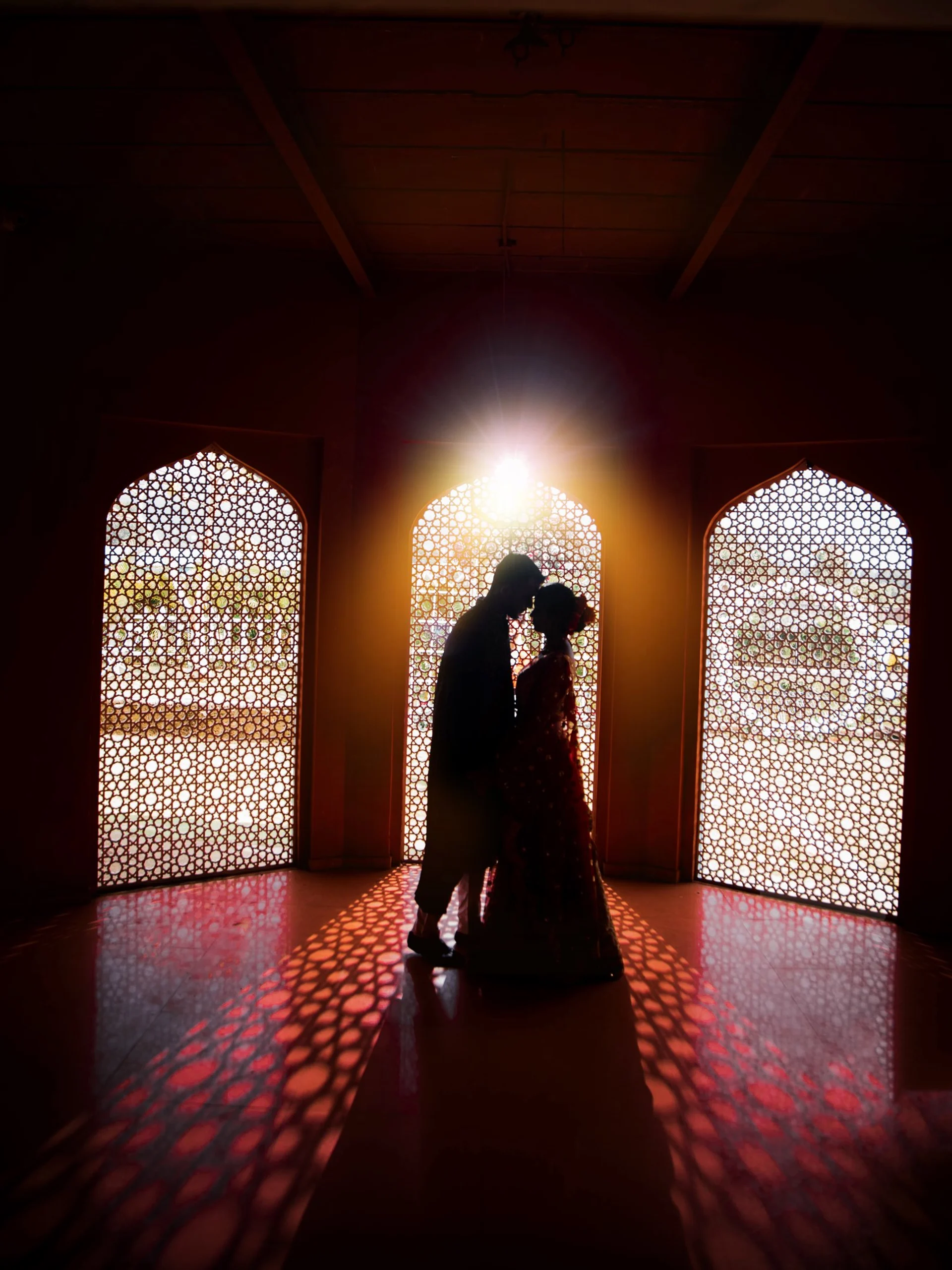Introduction
wedding photography is a specialized genre of wedding photography that captures the beauty and emotion of a couple’s big day. It’s a service that blends artistry, technical expertise, and deep interpersonal skills to document one of the most significant events in a person’s life. The pricing of wedding photography has always been a topic of interest for couples planning their weddings, as well as photographers trying to navigate the complexities of the market. In recent years, there has been a noticeable shift in wedding photography prices, particularly with an increasing demand for budget-friendly options, leading to a phenomenon often referred to as the “less movement” in wedding photography pricing.
In this article, we will explore this shift in pricing, the factors driving the reduction in costs, and the implications for both couples and photographers. Through a comprehensive analysis, we aim to explain why prices are becoming more accessible and how photographers can still maintain their business viability within this changing landscape.
The Dynamics of wedding photography Pricing
Before delving into the “less movement” in wedding photography pricing, it is important to understand the factors that traditionally influence the cost of wedding photography services. Wedding photographers typically consider several variables when determining their pricing:
- Experience and Skill Level: Seasoned photographers with years of experience typically charge higher rates because their expertise ensures high-quality work. They understand lighting, composition, and timing, which are critical in capturing important moments.
- Location: The location of the wedding plays a significant role in determining photography prices. Weddings in metropolitan areas with a higher cost of living tend to have higher photography rates compared to rural areas.
- Package Inclusions: Wedding photography prices often vary depending on the package chosen by the couple. Some packages include only the photography service, while others may provide additional services like engagement shoots, albums, prints, or even a second shooter to capture different angles.
- Duration of Coverage: The length of the wedding shoot is another determinant of cost. A photographer who covers the entire day (from preparation to the end of the reception) will charge more compared to one who only covers key moments.
- Post-Production Work: Photographers spend a significant amount of time editing and retouching images after the event. This post-production process adds to the overall cost, especially if extensive editing or album creation is required.
- Equipment: The type of equipment a photographer uses can also affect their pricing. High-end cameras, lenses, and lighting gear are essential for producing exceptional photos, and they can be expensive to maintain and replace.
- Market Demand and Competition: As with any business, the demand for wedding photography services and the level of competition in the market can drive prices up or down. During peak wedding season, photographers may raise their rates, while in off-peak periods, they may offer discounts.
The Rise of the “Less Movement” in Wedding Photography Pricing
The “less movement” refers to the gradual reduction in wedding photography prices over recent years, especially in comparison to the historically high rates that many photographers used to charge. There are several key factors contributing to this trend:

1. Increased Competition in the Photography Industry
The growth of social media platforms like Instagram, Facebook, and Pinterest has made it easier for new photographers to enter the wedding industry. With the rise of digital photography and more accessible equipment, aspiring photographers can now create high-quality images without the hefty price tags that were once associated with professional photography. This influx of new photographers into the market has resulted in increased competition, which, in turn, has led to a reduction in prices as photographers try to attract more clients.
Additionally, couples are now able to easily compare pricing from different photographers online. As a result, wedding photographers are under more pressure to offer competitive pricing to stand out in a crowded market.
2. The Influence of DIY and Budget Weddings
In recent years, there has been a noticeable trend towards DIY weddings and budget-conscious couples looking to save money on various aspects of their celebrations, including photography. As couples seek more affordable wedding options, they are often willing to compromise on certain aspects of their wedding experience, including the level of expertise in the photographer they choose.
Some couples may opt for photographers with fewer years of experience or those who are just starting their businesses, and this has contributed to a decrease in overall wedding photography prices. Additionally, some photographers may offer more basic packages with limited coverage, which further drives down prices.
3. The Rise of the “wedding photography Studio” Model
Another factor contributing to the “less movement” is the rise of photography studios offering wedding photography as a service. These studios often operate with a team of photographers and assistants, allowing them to spread costs across multiple clients. By offering packages at lower prices, these studios can serve a larger number of couples without sacrificing quality.
Moreover, many of these studios have streamlined their operations, reducing the need for extensive post-production work, which can reduce costs and lead to more affordable pricing for clients.
4. The Impact of Technology and Automation
Advancements in photography technology have significantly reduced the time and cost involved in capturing and editing images. For example, high-end cameras with better autofocus, faster shooting capabilities, and improved low-light performance allow photographers to capture more high-quality images in less time. Additionally, post-processing software like Adobe Lightroom and Photoshop allows photographers to edit images more efficiently, reducing the amount of time required for each project.
Automation tools and presets have also made it easier for photographers to speed up the editing process, enabling them to deliver faster turnarounds at lower costs.
5. Changing Client Expectations
Couples today are often more informed about wedding photography options than ever before. The ability to research and compare pricing online has led to more price-sensitive clients. Many couples are more willing to choose a photographer based on value rather than simply hiring the most expensive professional. The trend towards micro-weddings, elopements, and intimate ceremonies, which require fewer hours of coverage, has further fueled this shift.
As the demand for lower-priced packages grows, photographers are adjusting their services to meet these expectations by offering smaller, more affordable packages that cater to the needs of budget-conscious couples.
Implications of the “Less Movement” for wedding photography
While the reduction in pricing has made wedding photography more accessible to couples, it also presents challenges for photographers, especially those who have been established in the industry for a long time. For photographers, the “less movement” in pricing may have the following implications:

1. Struggles with Profitability
For established photographers who have invested heavily in high-end equipment, extensive marketing campaigns, and a team of professionals, lower pricing may lead to a decrease in overall profitability. Reduced prices may make it harder for these photographers to maintain their business while covering their operational costs.
Some photographers may need to reassess their business models, diversifying their service offerings or increasing their efficiency in order to maintain profitability.
2. Changes in Service Expectations
As more budget-conscious couples opt for lower-priced packages, photographers may find themselves doing more work for less pay. For example, photographers may be expected to offer additional services, such as providing a second shooter or editing more images, even when their rates are lower.
To counter this, photographers may need to be more strategic in managing client expectations, setting clear boundaries for the services they can provide within each pricing tier.
3. Differentiation and Niche Marketing
One of the best ways wedding photography can survive in a competitive market with lower prices is to differentiate themselves by specializing in a niche. For instance, a photographer might focus on high-end destination weddings, luxury events, or even certain cultural or ethnic wedding traditions. Specializing in a niche market allows photographers to stand out and attract clients who are willing to pay a premium for unique, personalized services.
Additionally, photographers can emphasize the value of their experience, craftsmanship, and customer service to justify their pricing. By emphasizing their unique artistic style and providing an exceptional experience, photographers can position themselves as premium service providers even in a competitive market.
It seems like you’re asking about the term “less movement,” but I need a bit more clarification to ensure we’re on the same page. The term “less movement” could have different meanings depending on the context.
If you meant “less movement” in the sense of wedding photography pricing trends, it could potentially refer to a slowdown or stabilization in the shift toward lower prices or less variability in the prices charged by wedding photographers. In this interpretation, the “movement” refers to a trend, and “less movement” would imply a reduction in the changes or fluctuations in those trends—either in prices or in how wedding photographers are structuring their business models.
Alternatively, if “less movement” refers to something different within the wedding photography context—such as the way photographers work (e.g., less physical movement during a shoot, or a focus on more still or posed photography) or a marketing concept—it would have a different meaning.

Conclusion
The “less movement” in wedding photography pricing reflects broader shifts in the wedding industry, driven by competition, budget-conscious couples, and technological advances. While this has made wedding photography more accessible to a wider range of clients, it has also presented challenges for photographers. Navigating this changing landscape requires photographers to adapt their business models, set clear pricing structures, and differentiate themselves through specialized services and exceptional customer experiences.
Ultimately, understanding the dynamics of wedding photography pricing and the factors driving the “less movement” can help both photographers and couples make informed decisions. Photographers must find ways to balance quality with affordability, while couples can benefit from a wider array of options that better suit their budgets and wedding styles. The future of wedding photography lies in flexibility, creativity, and an ability to navigate a rapidly evolving market.















